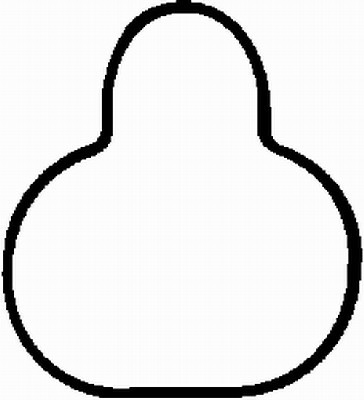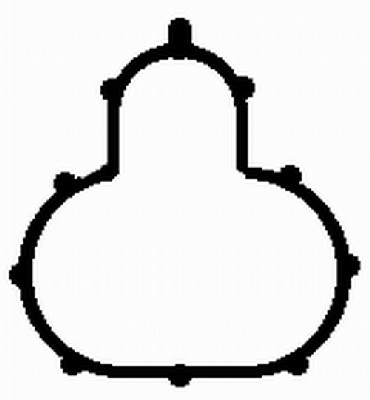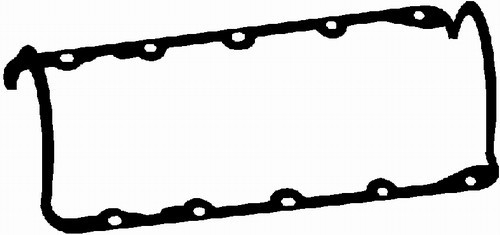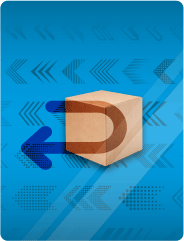Gasket & Seals 
Fits FORD FOCUS I Saloon (DFW) 1.8 16V
(1999)
Categories
Important compatibility info
| Additional Information | with crankshaft seal |
| Function | Gasket Kit, crankcase |
| Type | Gasket Kit, crankcase |
Important compatibility info
| Type | Gasket, intake manifold |
| Function | Gasket, intake manifold |
Important compatibility info
| Function | Gasket, intake manifold |
| Width | 56 mm |
| Length | 66 mm |
| Type | Gasket, intake manifold |
Important compatibility info
| Function | Gasket, exhaust manifold |
| Width | 85 mm |
| Length | 397 mm |
| Type | Gasket, exhaust manifold |
Important compatibility info
| Function | Gasket, oil sump |
| Width | 201 mm |
| Length | 440 mm |
| Type | Gasket, oil sump |
What are gaskets & seals?
Gaskets and seals are important components in an engine. Although gaskets and seals provide the same function which is to prevent leaks they are different in their design. Gaskets are used when there are flat surfaces that need to be sealed. Gaskets are also cut to different shapes or profiles to suit the need of the part. Seals are a moulded parts often made of a rubber like material and in most cases are flat and round in shape. While seals tend to be made from a rubber like material, gaskets are made from different materials depending on their application.
Gaskets can be made of:
Cork
Rubber
MLS (multilayered steel)
Composite material
Copper
What comes in a gasket set?
Gasket sets often do not list the contents of the set. Generally speaking a gasket set contains all of the seals required to remove and replace the part it is listed for. For example a cylinder head gasket set will contain all gaskets required for the removal and replacement of a cylinder head. There is one thing to note. Cylinder head gasket sets sometimes do not contain the head gasket itself. If the head gasket is available in different thicknesses then it is often sold separately from the set. This reduces the number of sets that would be required for each thickness of head gasket.
How do I choose the correct gasket or seal?
Always check the compatibility notes next to the gasket or seal that is listed as correct for your vehicle. Some factors to note when choosing the correct replacement gasket or seal may include:
Vehicle manufacture date (this is not the date the vehicle was registered but the date it was made
Engine number sequence (up to or after as specific number/letter
VIN (chassis number) sequence (up to or after as specific number/letter
Head gasket thickness (The thickness of the gasket is shown in mm or the number or holes or notches shown on the gasket tab that is generally visible without removing the cylinder head)
What brand of gasket or seal should I choose?
Brands such as BGA have been makers of gaskets and seals for the original car brands so their quality is premium. There are a good number of high quality aftermarket brands of the highest quality and meet or exceed the original specifications such as Blue Print, Corteco, Payen and Febi. Which brand you choose is really down to your budget or preferred brand.
How can I tell my gasket or seal needs replacing?
Diagnosing if a gasket or seal needs replacing depends on the location of the gasket or seal. Some gaskets seal inner chambers and channels and if these fail it can be impossible to see if there is leak. If you are not sure if you have a failed gasket or seal we would always recommend that you have your vehicle inspected by a qualified mechanic to receive an accurate diagnosis.
Some of the symptoms of a faulty gasket or seal are:
Coolant or oil is visibly escaping
Drips of oil are visible on the ground under the car
Coolant level is dropping
Oil level is dropping
Coolant is visible in the engine oil
Engine oil is visible in the coolant
Excessive amounts of white smoke from the exhaust
Engine is overheating
 Proud to be a UK-based company
Proud to be a UK-based company Contact us
Contact us








